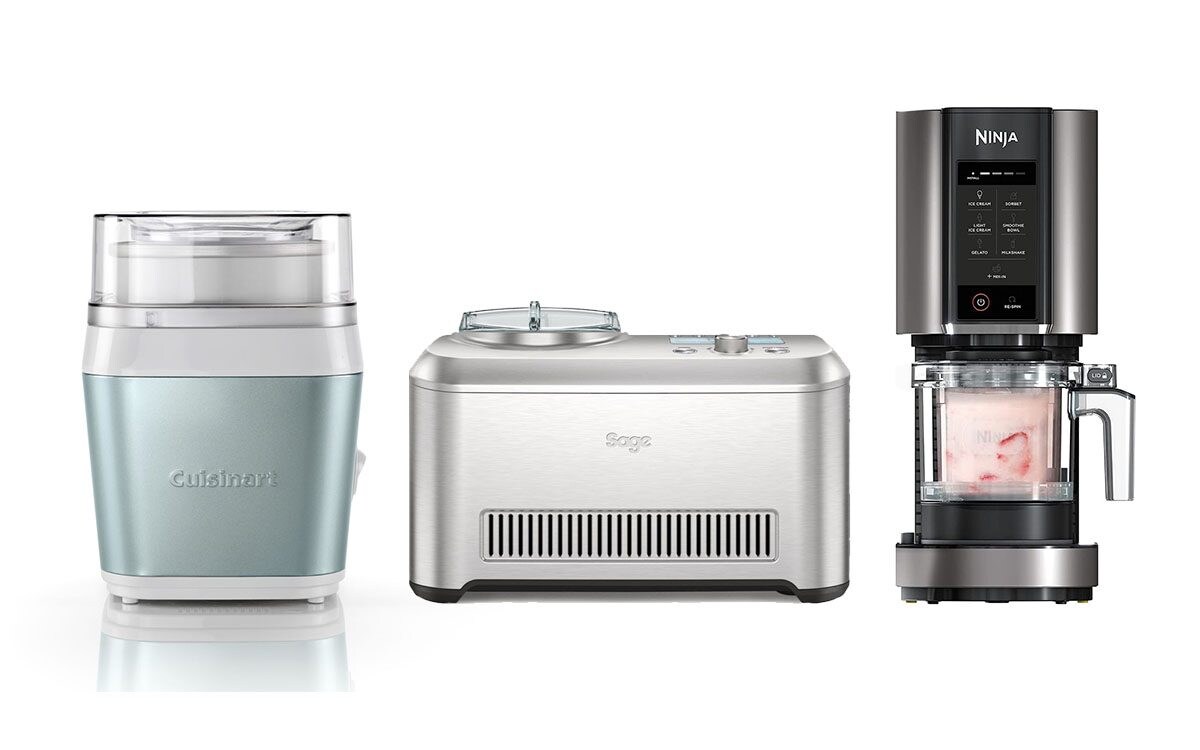

Articles
What Do You Call An Ice Cream Maker
Modified: February 20, 2024
Looking for articles on what to call an ice cream maker? Discover the best names for your beloved frozen dessert machine and satisfy your sweet tooth cravings!
(Many of the links in this article redirect to a specific reviewed product. Your purchase of these products through affiliate links helps to generate commission for Storables.com, at no extra cost. Learn more)
Introduction
Ice cream is a beloved treat enjoyed by people of all ages around the world. Whether it’s a simple scoop of vanilla or a decadent sundae with all the toppings, there’s no denying the appeal of this creamy and delicious dessert. But have you ever wondered how that ice cream is made? The answer lies in the hands of an ice cream maker.
An ice cream maker is a device that allows you to churn and freeze a mixture of ingredients to create your own homemade ice cream. With the help of this handy kitchen gadget, you can whip up a variety of flavors and experiment with different combinations of ingredients to customize your frozen creations.
But wait, isn’t there a difference between an ice cream maker and a gelato maker? While both devices serve a similar purpose, there are a few key distinctions between the two. Gelato makers are specifically designed for making gelato, which is an Italian-style frozen dessert known for its dense and creamy texture. Gelato makers typically have a slower churning speed and incorporate less air into the mixture, resulting in a smoother and more intense flavor.
Now that we’ve clarified the difference between ice cream makers and gelato makers, let’s explore the various types of ice cream makers available on the market.
Key Takeaways:
- Choosing the right ice cream maker involves considering factors like capacity, type, freezing mechanism, features, budget, and maintenance. Whether it’s manual, electric, or compressor, find the one that aligns with your preferences and lifestyle.
- To make the most of your ice cream maker, remember to chill the mixture, pre-freeze the bowl (if required), add mix-ins at the right time, and experiment with flavors and ingredients. Enjoy the process and savor every delicious scoop!
Read more: What Does An Ice Cream Maker Do
What does an ice cream maker do?
An ice cream maker is a kitchen appliance that takes a mixture of ingredients and transforms it into delicious frozen treats like ice cream, sorbet, or frozen yogurt. It consists of a freezing mechanism, a mixing paddle or dasher, and a container or bowl to hold the ingredients. The key function of an ice cream maker is to freeze the mixture while stirring it to prevent ice crystals from forming and create a smooth and creamy texture.
Ice cream makers come in different types, each with its own method of freezing the mixture. Some models require pre-freezing the bowl or container beforehand, while others have a built-in compressor to freeze the mixture as it churns. Regardless of the type, the process generally involves the following steps:
1. Preparing the mixture: You start by preparing a base mixture that typically includes ingredients like milk, cream, sugar, and flavorings. This mixture can be as simple as vanilla or as complex as a gourmet flavor combination.
2. Chilling the mixture: The prepared mixture needs to be chilled before it goes into the ice cream maker. This helps to enhance the flavors and ensures a smoother freezing process.
3. Assembling the machine: Depending on the type of ice cream maker you have, you may need to freeze the bowl in advance or simply connect the components of the machine.
4. Churning and freezing: Once the machine is assembled and the mixture is chilled, pour it into the ice cream maker’s container or bowl. Turn on the machine, and the mixing paddle inside will start churning the mixture while freezing it simultaneously.
5. Monitoring and adjusting: While the ice cream maker does most of the work, it’s important to keep an eye on the process. You may need to adjust the freezing time or add mix-ins like chocolate chips or fruit chunks at the appropriate time.
6. Serving and storing: When the mixture reaches the desired consistency, it’s time to stop the machine and transfer the freshly churned ice cream into a storage container. Enjoy it immediately or store it in the freezer for later use.
By using an ice cream maker, you can create your own delectable frozen treats right at home. It allows you to experiment with different flavors and ingredients, customize the sweetness level, and even cater to dietary restrictions by using alternative milks or sweeteners.
Now, let’s delve into the different types of ice cream makers you can choose from depending on your preferences and needs.
Ice cream maker vs. gelato maker
While ice cream and gelato are both delicious frozen desserts, there are notable differences between them. As a result, ice cream makers and gelato makers have distinct features and functionalities to cater to these variations.
Ice cream is known for its creamy texture and rich flavor. It is made with a combination of milk, cream, sugar, and flavorings. The mixture is churned and frozen, incorporating air to create a light and airy texture. Ice cream typically has a higher fat content, which contributes to its smooth and indulgent mouthfeel.
Gelato, on the other hand, is an Italian-style frozen dessert with a denser and silkier texture compared to ice cream. It has a lower fat content and is made with a higher proportion of milk and less cream. Gelato is churned at a slower speed, resulting in less air being incorporated into the mixture. This gives gelato its dense and intensely flavorful nature.
When it comes to the machines used to make ice cream and gelato, there are a few key differences to note:
1. Churning speed: Gelato makers typically have a slower churning speed compared to ice cream makers. This slower speed helps create the dense and velvety texture characteristic of gelato.
2. Mixing paddle design: Gelato makers often have a paddle that is designed to minimize the amount of air incorporated into the mixture. This helps achieve the desired creaminess and prevents excessive overrun.
3. Freezing mechanism: While both ice cream makers and gelato makers rely on freezing the mixture, gelato makers may have a different freezing mechanism to accommodate the slower churning speed. Some gelato makers use a specialized freezing system to ensure optimal texture.
While ice cream makers can be used to make gelato, the resulting texture may not be identical to traditional gelato. Conversely, gelato makers can be used to make ice cream, but the texture might not be as light and airy as when using a dedicated ice cream maker.
Ultimately, the choice between an ice cream maker and a gelato maker depends on your personal preferences and the type of frozen dessert you enjoy making. If you prefer creamy and indulgent treats with a wide variety of flavors, an ice cream maker may be the better option. On the other hand, if you love the dense and intense flavors of gelato, a gelato maker would be more suitable.
Now that you understand the differences between ice cream makers and gelato makers, let’s explore the various types of ice cream makers available on the market.
Types of ice cream makers
Ice cream makers come in a variety of types, each offering different features and benefits. Understanding the different types will help you choose the right ice cream maker for your needs and preferences. Let’s explore some of the common types:
1. Manual ice cream makers: Manual ice cream makers rely on manual effort to churn the mixture. These traditional ice cream makers consist of a hand-cranked mechanism attached to a container or bowl. As you turn the crank, the mixture inside the container churns and freezes. Manual ice cream makers are usually the most affordable option and can be a fun activity for the whole family. However, they do require some physical effort and patience.
2. Electric ice cream makers: Electric ice cream makers are a popular choice due to their convenience and ease of use. They have an electric motor that does the churning for you, eliminating the need for manual effort. Electric ice cream makers typically have a removable bowl that needs to be pre-frozen before use. Once the mixture is added, the machine does the rest. These models are available at various price points and can have different capacities to accommodate different batch sizes.
3. Compressor ice cream makers: Compressor ice cream makers are the most advanced and professional-grade option. Unlike manual and electric models, compressor ice cream makers have a built-in freezing system. This means you do not need to pre-freeze the bowl or take any additional steps. Compressor models offer the advantage of continuous operation, allowing you to make multiple batches consecutively without waiting for the bowl to freeze again. They also give you more control over the consistency and texture of your frozen treats. However, compressor ice cream makers tend to be more expensive and larger in size.
Regardless of the type of ice cream maker you choose, it’s important to consider other factors such as capacity, durability, ease of cleaning, and additional features like timers or automatic shut-off functions.
Now that we’ve explored the different types of ice cream makers, you may be wondering how to choose the right one for your needs. Let’s dive into that next.
Manual ice cream makers
Manual ice cream makers are a classic and nostalgic option for creating homemade ice cream. These traditional ice cream makers rely on manual effort to churn the mixture and freeze it into a delicious treat. They are a popular choice for those who enjoy a hands-on experience and appreciate the simplicity of the process.
A manual ice cream maker typically consists of a container or bowl for holding the ingredients, a dasher or paddle for mixing, and a hand crank mechanism. The container is filled with the ice cream mixture, and the dasher is inserted to begin the churning process. By turning the hand crank, the paddle inside the container rotates, mixing the mixture while simultaneously freezing it.
One of the advantages of using a manual ice cream maker is the sense of control and involvement in the ice cream-making process. It allows you to have a hands-on experience, making it a fun activity to engage in with friends and family. Additionally, manual ice cream makers are often more affordable compared to electric or compressor models, making them accessible to a wide range of budget-conscious ice cream enthusiasts.
While manual ice cream makers offer simplicity and charm, they do require some physical effort and patience. Churning the mixture by hand can take some time, and you may need to rotate the crank continuously for 15 to 20 minutes or even longer, depending on the recipe and desired consistency. This can be a fun and engaging task for some, but it may not be suitable for those with limited physical mobility or seeking a quicker preparation process.
It’s important to note that manual ice cream makers typically have a smaller capacity compared to other types. This means you may need to prepare smaller batches of ice cream at a time. However, this can also be seen as an advantage, allowing you to experiment with different flavors and variations more frequently.
Cleaning a manual ice cream maker is usually straightforward. The dasher, container, and lid can usually be easily removed for cleaning. It’s recommended to wash these components with warm soapy water after each use and ensure they are thoroughly dried before storing them away.
Ultimately, manual ice cream makers are a charming and nostalgic option for creating homemade ice cream. They provide a hands-on experience and can be a fun activity to involve your loved ones. If you enjoy the traditional process of ice cream making and don’t mind investing some physical effort, a manual ice cream maker might be the perfect choice for you.
Now, let’s move on to explore another type of ice cream maker – electric ice cream makers.
When referring to an ice cream maker, you can simply call it an “ice cream maker” or “ice cream machine.” These terms are commonly used and easily understood by others.
Read more: How To Make Ice Cream With Ice Cream Maker
Electric ice cream makers
Electric ice cream makers are a popular choice for those seeking convenience and ease of use. These modern appliances take the manual effort out of making homemade ice cream by incorporating an electric motor to do the churning for you. With their user-friendly design and efficient operation, electric ice cream makers have become a staple in many kitchens.
The main component of an electric ice cream maker is the motorized churn. This churn is responsible for rotating the mixing paddle or dasher inside the machine, creating a continuous and consistent churn throughout the freezing process. Unlike manual ice cream makers, no hand-cranking or extra effort is required from the user.
One of the advantages of electric ice cream makers is their convenience. Most models have a removable freezer bowl that needs to be pre-frozen before use. This eliminates the need for ice and rock salt, which were typically used in older manual ice cream makers. Simply place the freezer bowl in the freezer for several hours or overnight, and it will be ready to use when you’re ready to make ice cream.
Using an electric ice cream maker is straightforward. Once the freezer bowl is frozen, it is inserted into the machine, and the mixture is poured into the bowl. The lid is then secured, and the machine is turned on. The electric motor rotates the dasher, churning the mixture while it freezes. In most cases, it takes about 20-30 minutes for the ice cream to reach the desired consistency.
Electric ice cream makers come in various capacities to suit different needs. They can range from small 1-quart models, perfect for small batches or individual servings, to larger models with a capacity of 4 quarts or more, ideal for larger families or gatherings. Consider the amount of ice cream you plan to make at once when choosing the capacity that best suits your needs.
Another advantage of electric ice cream makers is their versatility. While they are primarily designed for making ice cream, many models can also be used to make frozen yogurt, sorbet, and even gelato. This allows you to experiment with different recipes and flavors to cater to your preferences or dietary restrictions.
Cleaning an electric ice cream maker is relatively simple. The dasher and freezer bowl are removable and can be washed with warm soapy water after use. The machine itself can be wiped down with a damp cloth to remove any spills or residue.
Electric ice cream makers offer a convenient and hassle-free way to enjoy homemade ice cream. With their user-friendly design and ability to create consistent and creamy results, they have become a popular choice among ice cream enthusiasts. If you value ease of use and convenience in your ice cream-making process, an electric ice cream maker may be the perfect addition to your kitchen.
Now, let’s explore one more type of ice cream maker – compressor ice cream makers.
Compressor ice cream makers
Compressor ice cream makers are the top-of-the-line option for those who want professional-quality results and the ultimate convenience in making homemade ice cream. These advanced machines feature a built-in freezing system, eliminating the need for pre-freezing the bowl or any additional preparation. Compressor ice cream makers offer continuous operation and precise temperature control, allowing you to make batch after batch without any waiting time.
The key component of a compressor ice cream maker is the built-in compressor, which acts as a freezer. This compressor keeps the temperature inside the machine consistently low, freezing the mixture as it churns. The benefit of this system is that you can start making ice cream immediately without having to freeze a separate bowl or wait for the mixture to cool down.
One of the main advantages of compressor ice cream makers is their convenience and versatility. With these machines, you have the freedom to make multiple batches of ice cream consecutively without any waiting time. This is especially useful when serving a large number of guests or when experimenting with different flavors. The continuous operation also allows you to control the texture and consistency of your frozen treats more precisely.
Compressor ice cream makers also offer greater control over the freezing process. These machines typically come with built-in timers and temperature control settings. You can adjust the freezing time and temperature to achieve your desired texture and consistency. This level of control is particularly advantageous when making specialized frozen desserts, such as gelato or sorbet, which require specific freezing conditions.
In addition to their convenience and precision, compressor ice cream makers come in larger capacities, typically ranging from 1.5 to 2.5 quarts or even more. This makes them ideal for those who frequently entertain or have a larger family. However, it’s important to consider the size and weight of compressor ice cream makers, as they tend to be bulkier and heavier than other types of ice cream makers.
Cleaning a compressor ice cream maker is similar to other types of ice cream makers. The dasher and the removable parts can be washed with warm soapy water, while the machine itself can be wiped down with a damp cloth. It’s important to follow the manufacturer’s instructions for cleaning and maintenance.
Due to their advanced features and professional-grade performance, compressor ice cream makers often come with a higher price tag compared to manual or electric models. However, if you are serious about making high-quality ice cream and want maximum convenience and control, a compressor ice cream maker is a worthwhile investment.
Now that we’ve explored the different types of ice cream makers available, you may be wondering how to choose the right one for you. Let’s move on to the next section, where we’ll provide some tips to help you make an informed decision.
How to choose the right ice cream maker for you
Choosing the right ice cream maker can make a significant difference in your homemade ice cream experience. With so many options available, it’s important to consider your needs, preferences, and budget when making a decision. Here are some factors to consider when choosing the right ice cream maker for you:
1. Capacity: Determine how much ice cream you want to make in each batch. Consider the number of people you’ll be serving and whether you want to make small or larger quantities. Ice cream makers come in various capacities, ranging from 1 quart to 6 quarts or more.
2. Type: Decide which type of ice cream maker suits your preferences. If you enjoy a hands-on approach and are looking for a budget-friendly option, manual ice cream makers may be a good choice. Electric ice cream makers offer convenience and ease of use, while compressor ice cream makers provide professional-grade features and continuous operation.
3. Freezing mechanism: Consider whether you’re willing to pre-freeze the bowl in a separate freezer or prefer a machine with a built-in compressor for immediate use. Pre-freezing bowls are common in manual and electric ice cream makers, while compressor models have the freezing mechanism built-in.
4. Features: Look for additional features that can enhance your ice cream-making experience. Some ice cream makers come with timers, temperature control settings, or automatic shut-off functions. These features can provide more precise control over the freezing process and help you achieve the desired consistency and texture.
5. Budget: Determine your budget for an ice cream maker. Manual ice cream makers are generally the most affordable, while electric and compressor models tend to be more expensive. Consider the long-term value and quality of the ice cream maker when making a purchase decision.
6. Reviews and reliability: Read reviews and do some research on the ice cream maker brands and models you’re considering. Look for reliable brands that have positive customer feedback and a good reputation for quality and durability.
7. Maintenance and cleaning: Consider the ease of cleaning and maintenance of the ice cream maker. Look for models with removable parts that are dishwasher safe or easy to clean by hand. Check the manufacturer’s instructions for specific cleaning guidelines.
8. Consider preferences: Think about any specific preferences or dietary requirements you may have. Some ice cream makers offer the option to make frozen yogurt, sorbet, or even gelato in addition to ice cream. If you have dietary restrictions, look for models that can accommodate alternative ingredients like dairy-free milk or sugar substitutes.
By considering these factors, you’ll be able to choose the ice cream maker that best suits your needs and preferences. Whether it’s a manual, electric, or compressor model, the joy of creating homemade ice cream will surely be a delightful experience.
Now that you have chosen your ice cream maker, let’s move on to some tips for using it to create delicious frozen treats.
Tips for using an ice cream maker
Using an ice cream maker allows you to create creamy and delicious frozen treats right in your own kitchen. To make the most of your ice cream maker and achieve the best results, consider the following tips:
1. Chill the mixture: Before pouring the mixture into the ice cream maker, make sure it is well chilled. The colder the mixture, the faster it will freeze, resulting in smoother and creamier ice cream. Refrigerate the mixture for at least a few hours or overnight before using the ice cream maker.
2. Pre-freeze the bowl: If you’re using an ice cream maker that requires a pre-frozen bowl, make sure to freeze it according to the manufacturer’s instructions. It’s best to leave the bowl in the freezer for at least 24 hours before using it to ensure proper freezing.
3. Add mix-ins at the right time: If you’re planning to add mix-ins like chocolate chips, nuts, or fruit pieces, it’s important to add them at the right time during the churning process. Most ice cream maker instructions will specify when to add mix-ins, usually towards the end of the churning cycle. Adding them too early can cause them to sink to the bottom, while adding them too late may not incorporate them evenly into the mixture.
4. Don’t overfill: Don’t overfill the ice cream maker’s bowl or container. The mixture needs room to expand as it freezes and churns. Leave some space at the top to avoid any overflow or mess during the churning process.
5. Churn until desired consistency: The churning time required for your ice cream may vary depending on the machine and the recipe. Follow the manufacturer’s instructions and keep an eye on the consistency of the mixture. Churn until it reaches your desired texture. Keep in mind that the ice cream will firm up further in the freezer after churning.
6. Transfer and store properly: After churning, transfer the freshly made ice cream to a separate storage container with an airtight lid. This will prevent ice crystals from forming and keep your ice cream creamy and fresh. Store the container in the freezer for a couple of hours to further firm up the ice cream before serving.
7. Experiment with flavors and ingredients: Don’t be afraid to get creative and experiment with different flavors and ingredients. Use your ice cream maker as a canvas for exploring new and exciting combinations. Add fruits, nuts, extracts, or even spices to create unique and delicious homemade ice creams.
8. Clean and maintain your ice cream maker: Proper cleaning and maintenance of your ice cream maker will ensure its longevity and optimal performance. Follow the manufacturer’s instructions for cleaning and drying the different components. Store the machine in a dry and safe place when not in use.
These tips will help you make the most out of your ice cream maker and create delectable homemade treats. The possibilities are endless, so unleash your creativity and enjoy the sweet rewards of homemade ice cream!
With our tips and insights, you are now equipped to choose and utilize an ice cream maker to create amazing frozen desserts. The world of ice cream is yours to explore, so get ready to churn, freeze, and indulge in delightful homemade creations.
Do you have a specific question or any more topics you’d like to learn about? Feel free to ask!
Conclusion
Ice cream makers provide a fun and enjoyable way to create delicious homemade frozen treats. Whether you choose a manual, electric, or compressor model, the pleasure of making your own ice cream is unmatched. From classic flavors to unique combinations, the possibilities are endless.
We started by understanding what an ice cream maker does and the difference between ice cream makers and gelato makers. We then explored the different types of ice cream makers available:
- Manual ice cream makers, which offer a traditional and hands-on approach to ice cream making.
- Electric ice cream makers, providing convenience and ease of use with their motorized churning.
- Compressor ice cream makers, offering professional-grade features and continuous operation for ultimate convenience.
To choose the right ice cream maker for your needs, consider factors such as capacity, type, freezing mechanism, features, budget, and maintenance requirements. Each type of ice cream maker has its own advantages, so it’s important to find the one that aligns with your preferences and lifestyle.
Once you have your ice cream maker, following these tips will help you achieve the best results:
- Chill the mixture before using the ice cream maker
- Pre-freeze the bowl (if required) to ensure proper freezing
- Add mix-ins at the right time to evenly distribute them in the mixture
- Be mindful of the ice cream maker’s capacity and avoid overfilling
- Churn the mixture until it reaches the desired consistency
- Transfer and store the freshly made ice cream properly
- Don’t be afraid to experiment with flavors and ingredients
- Maintain and clean your ice cream maker regularly to ensure its longevity
By following these tips and harnessing your creativity, you can create a wide variety of homemade ice cream flavors that will delight your taste buds and impress your friends and family.
So why wait? Unleash your inner ice cream maker and embark on a delicious and fulfilling journey of homemade frozen delights. Whether it’s a hot summer day or a cozy winter evening, homemade ice cream is sure to bring joy and satisfaction to all who indulge in its creamy goodness.
Now that you’re fully equipped to indulge in the world of ice cream making, go ahead and take the plunge. Treat yourself or your loved ones to the delightful experience of homemade ice cream. Enjoy the process of creating mouth-watering flavors and relish the rewards of a job well done.
Remember, ice cream making is not just about the end result, but the journey itself. So, have fun, experiment, and savor every delicious scoop. Happy ice cream making!
Frequently Asked Questions about What Do You Call An Ice Cream Maker
Was this page helpful?
At Storables.com, we guarantee accurate and reliable information. Our content, validated by Expert Board Contributors, is crafted following stringent Editorial Policies. We're committed to providing you with well-researched, expert-backed insights for all your informational needs.
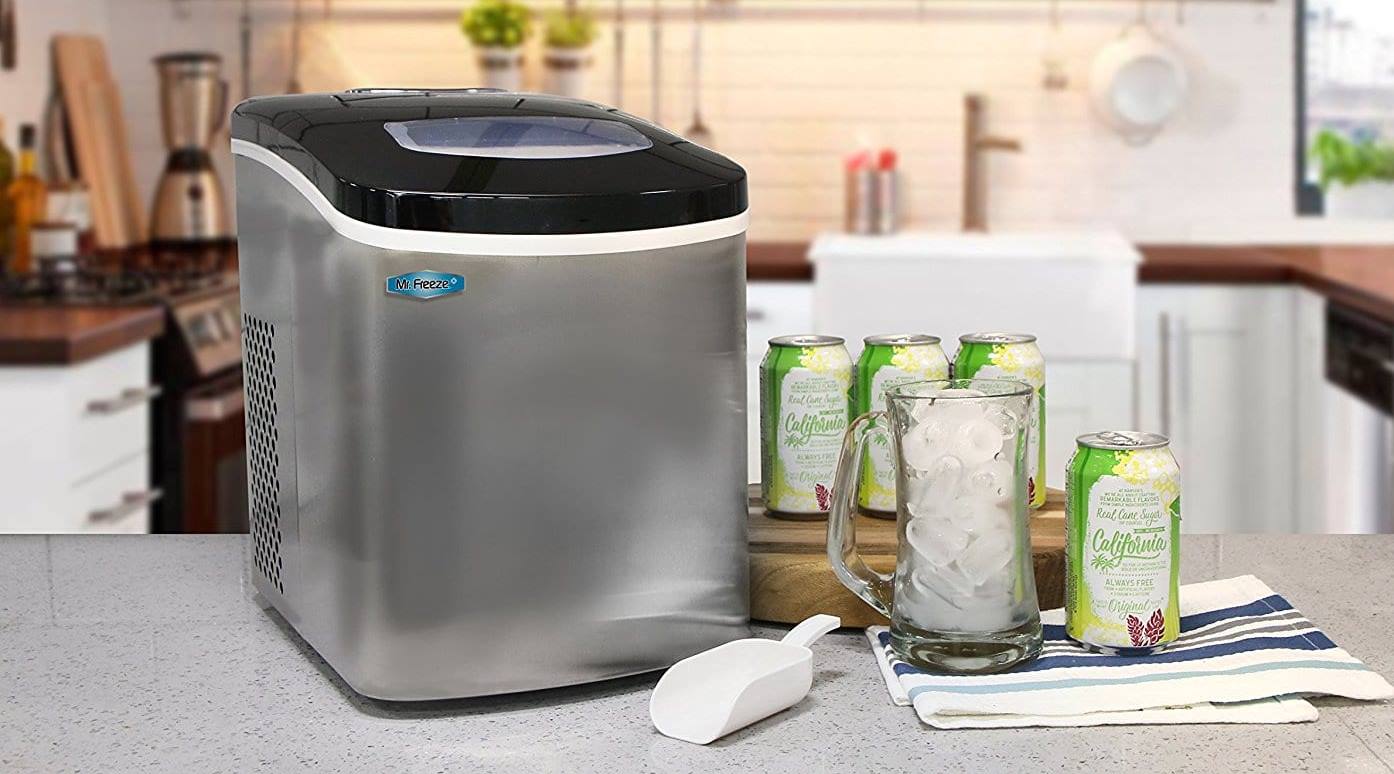
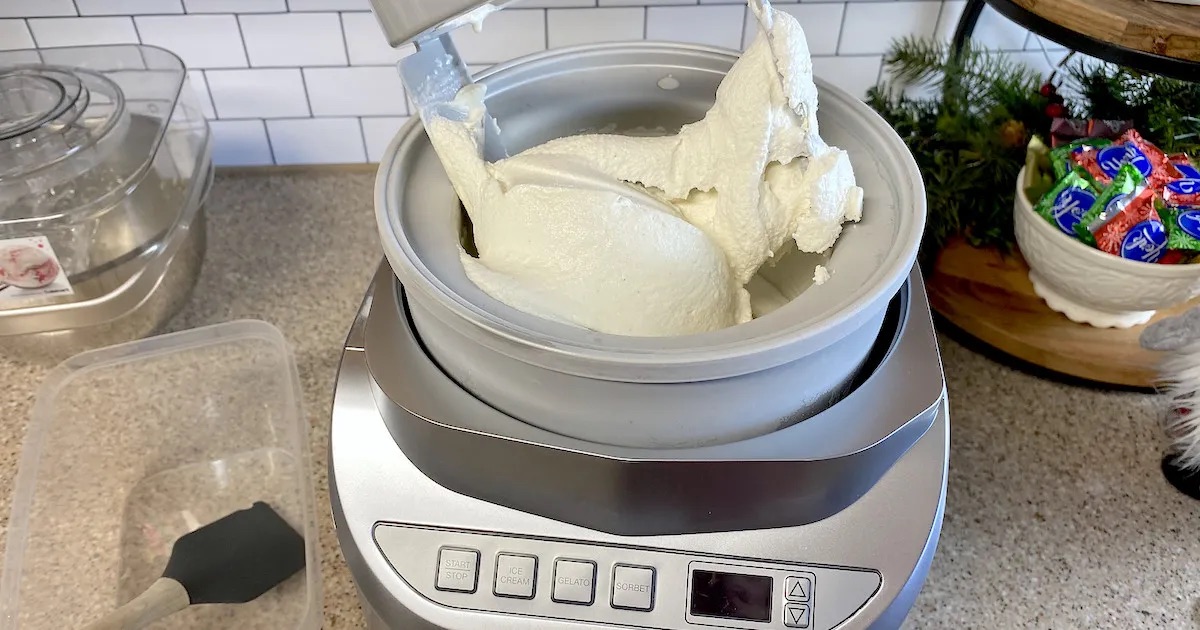
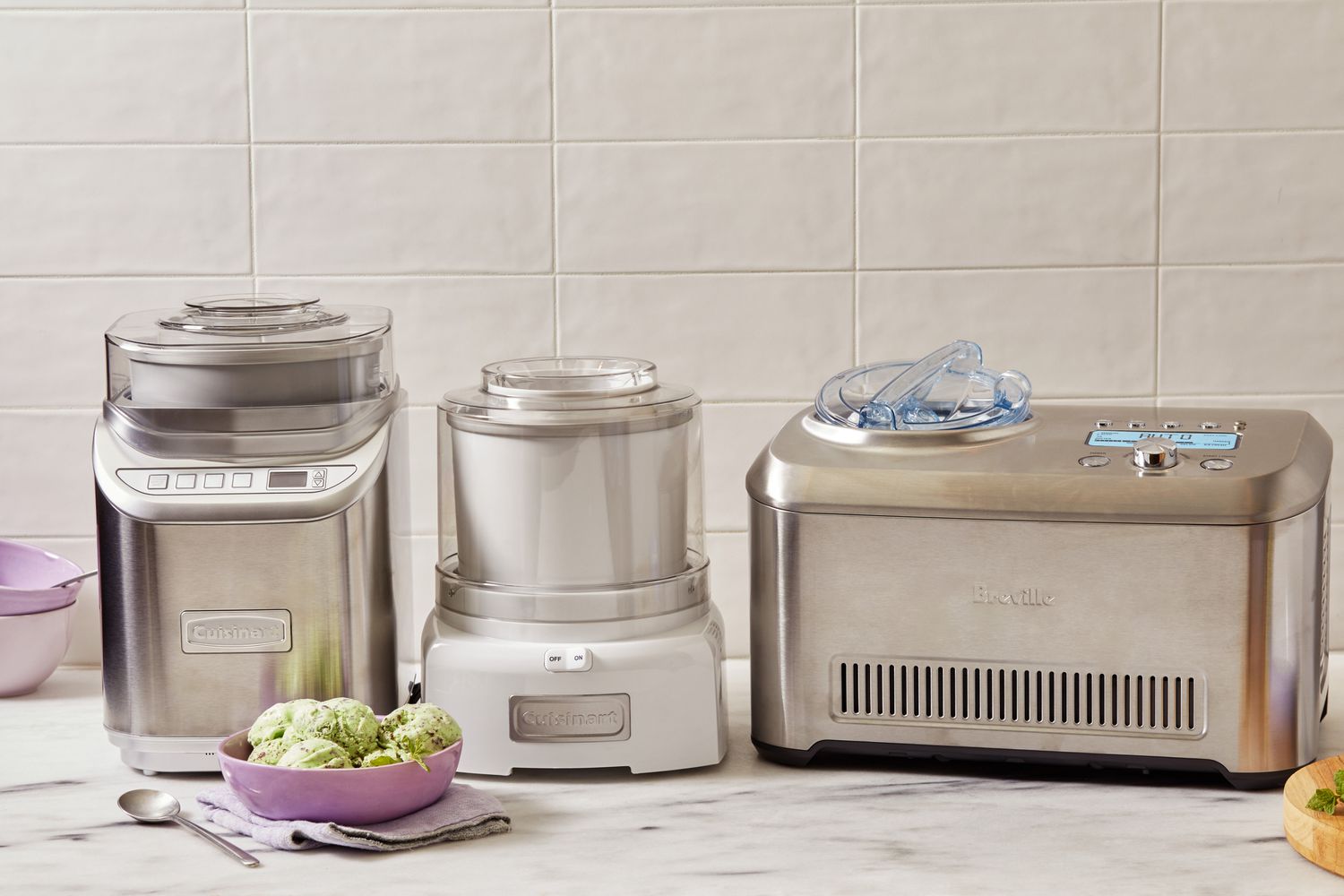
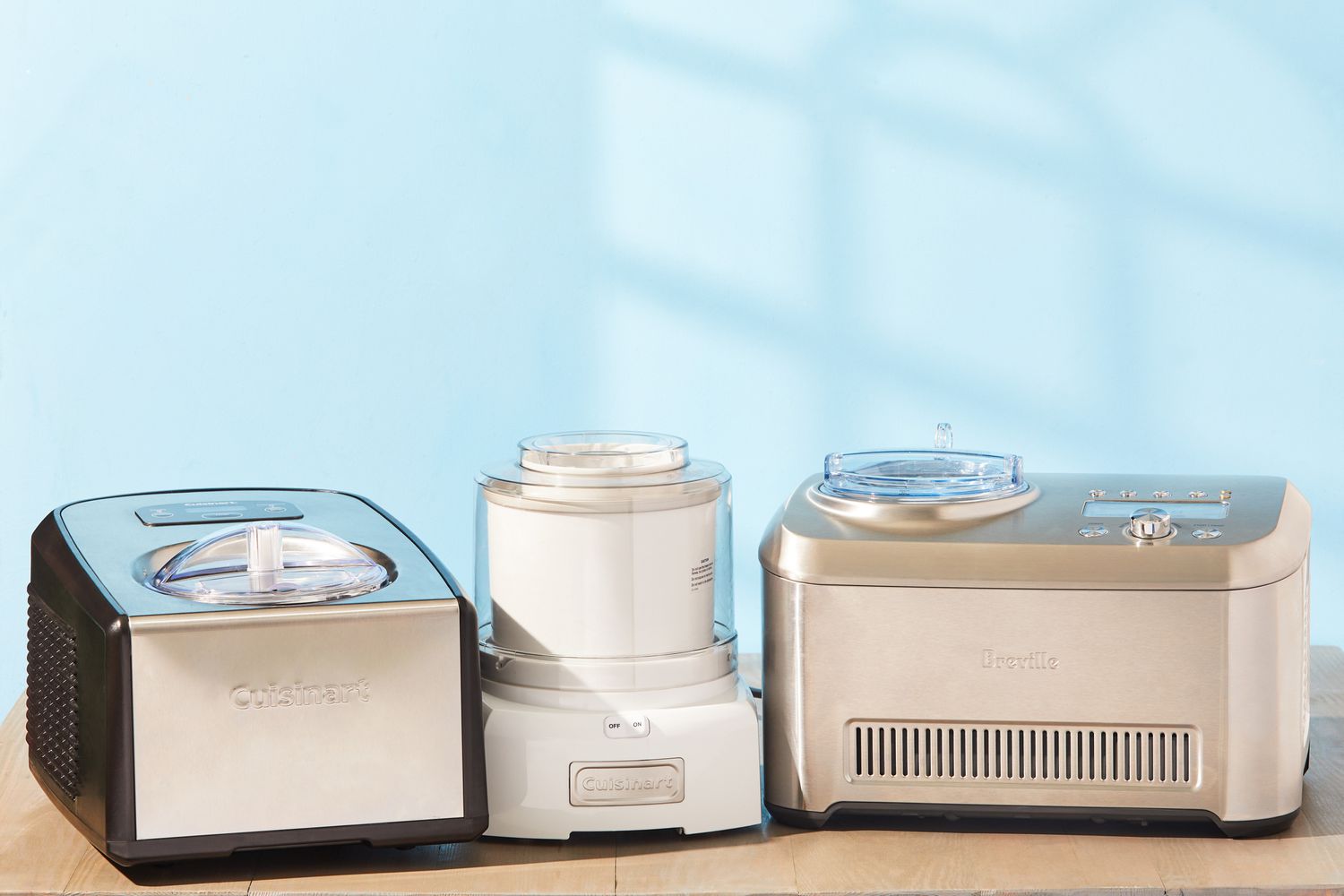
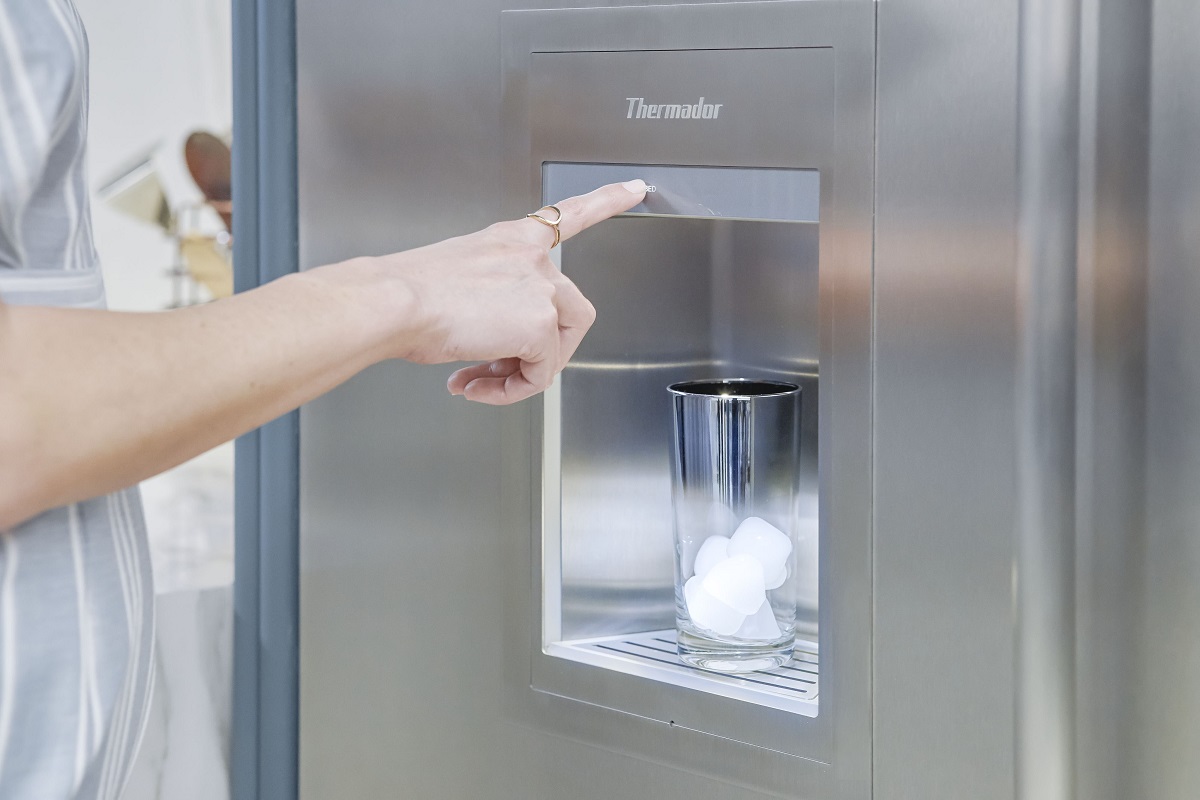
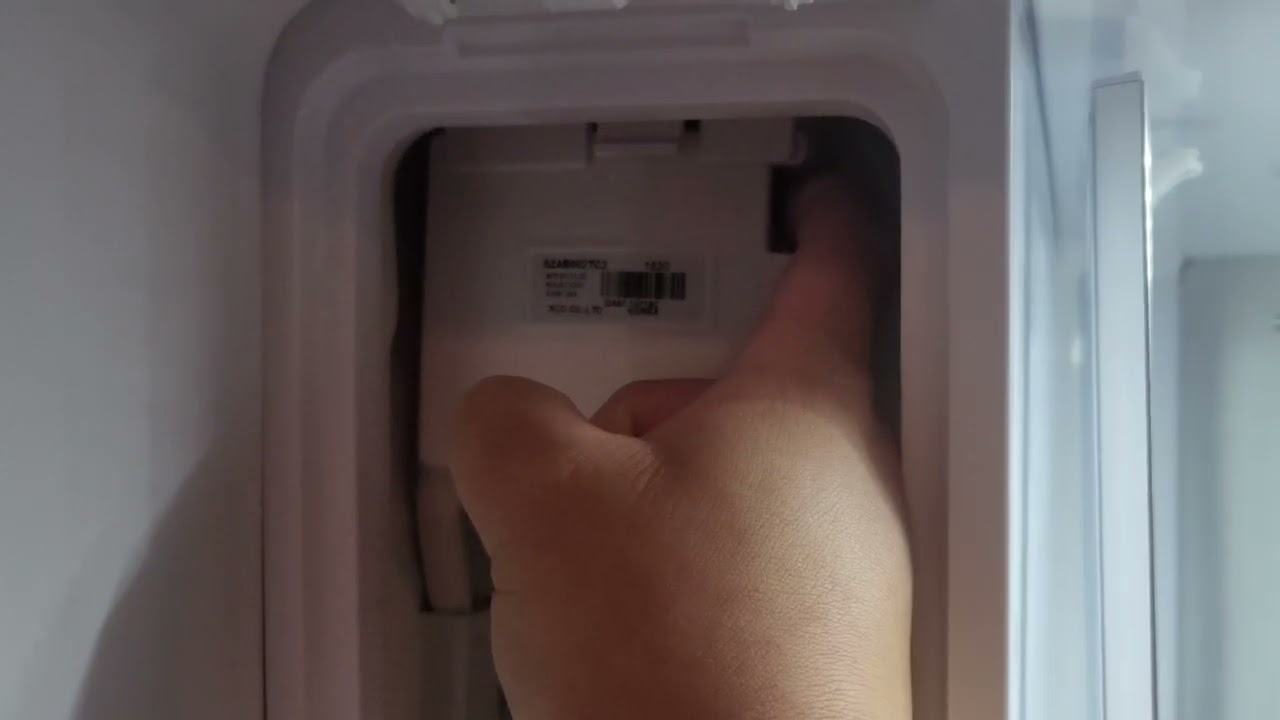
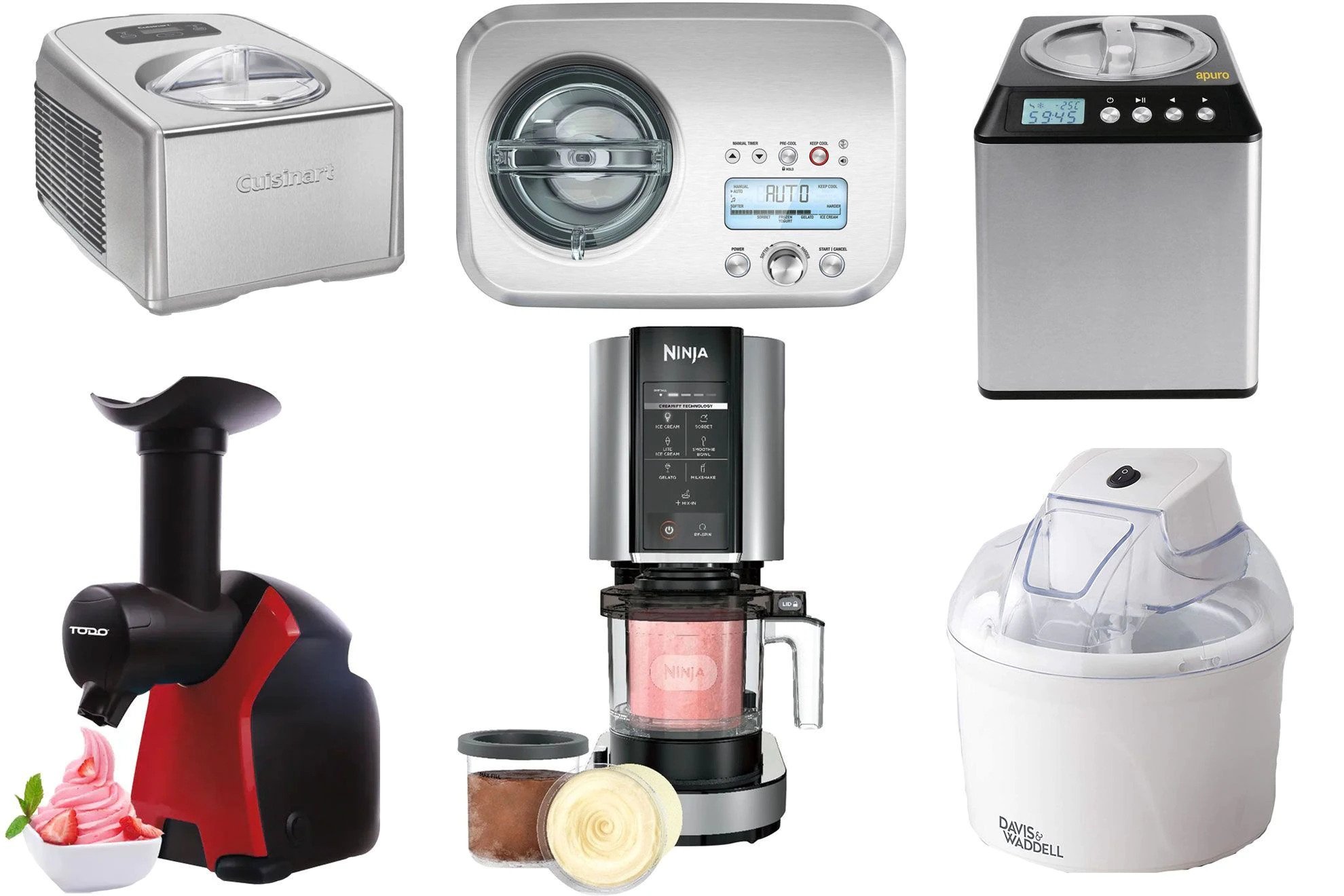
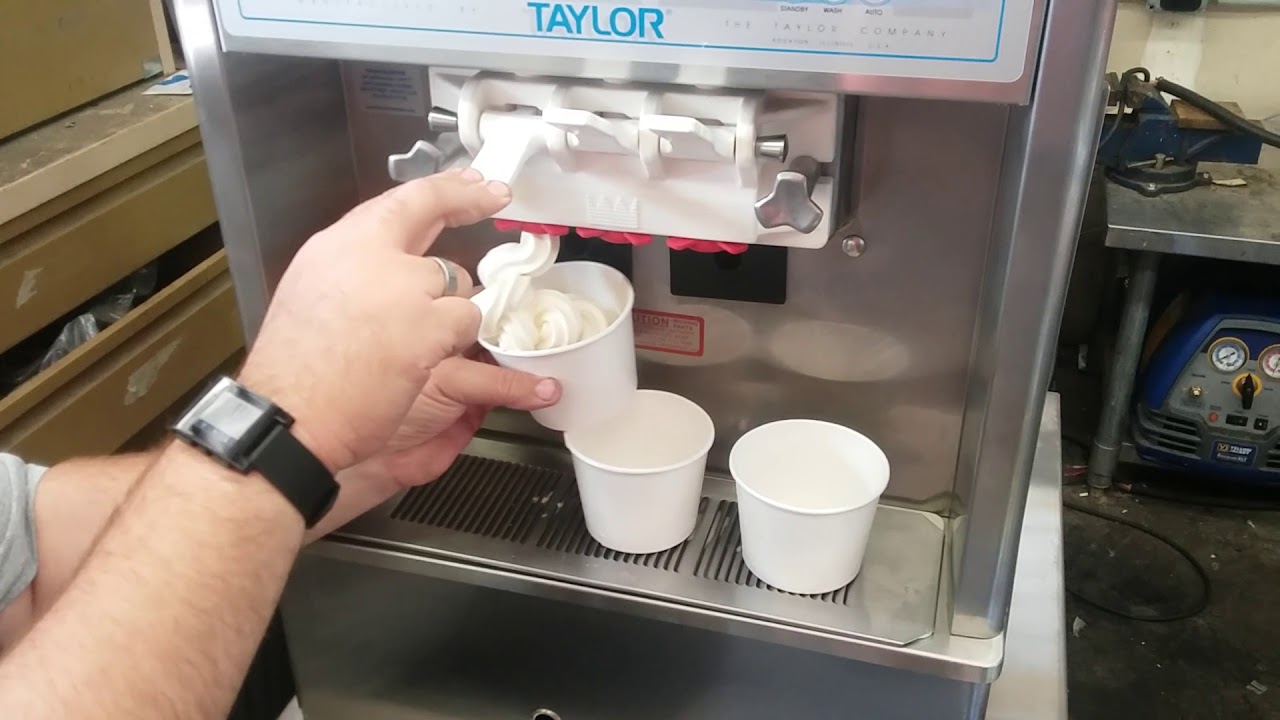
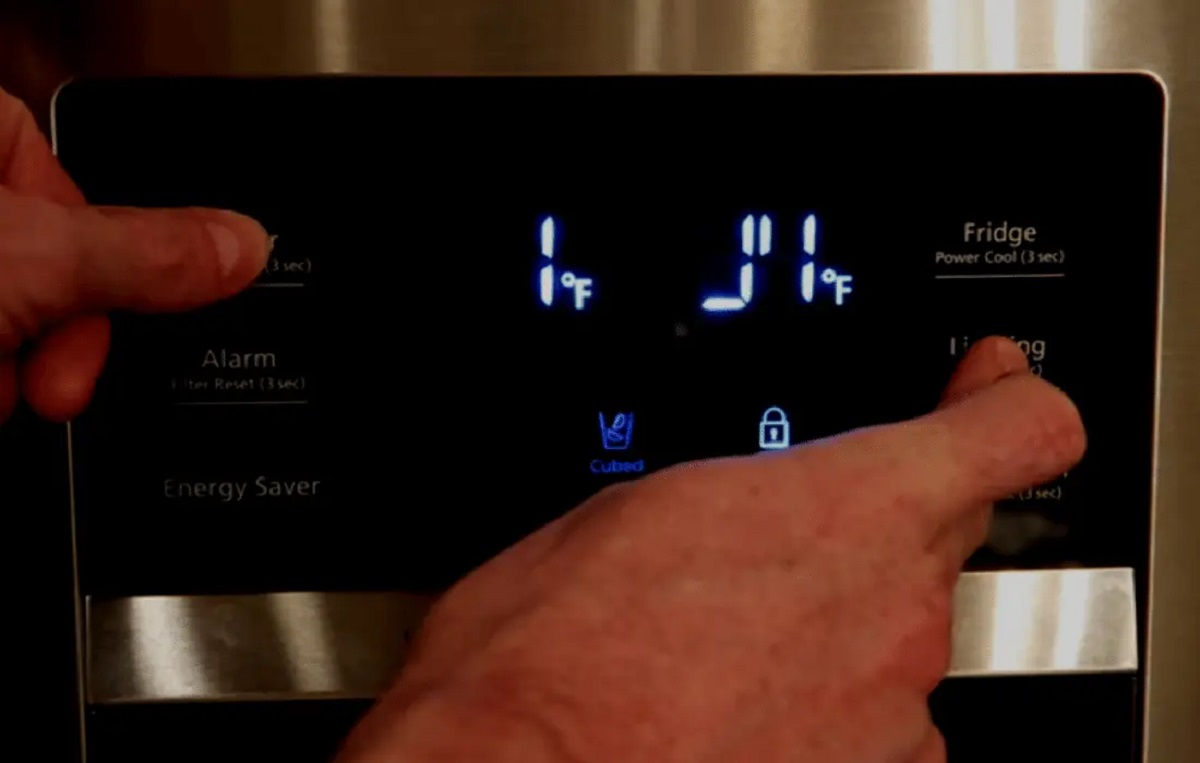
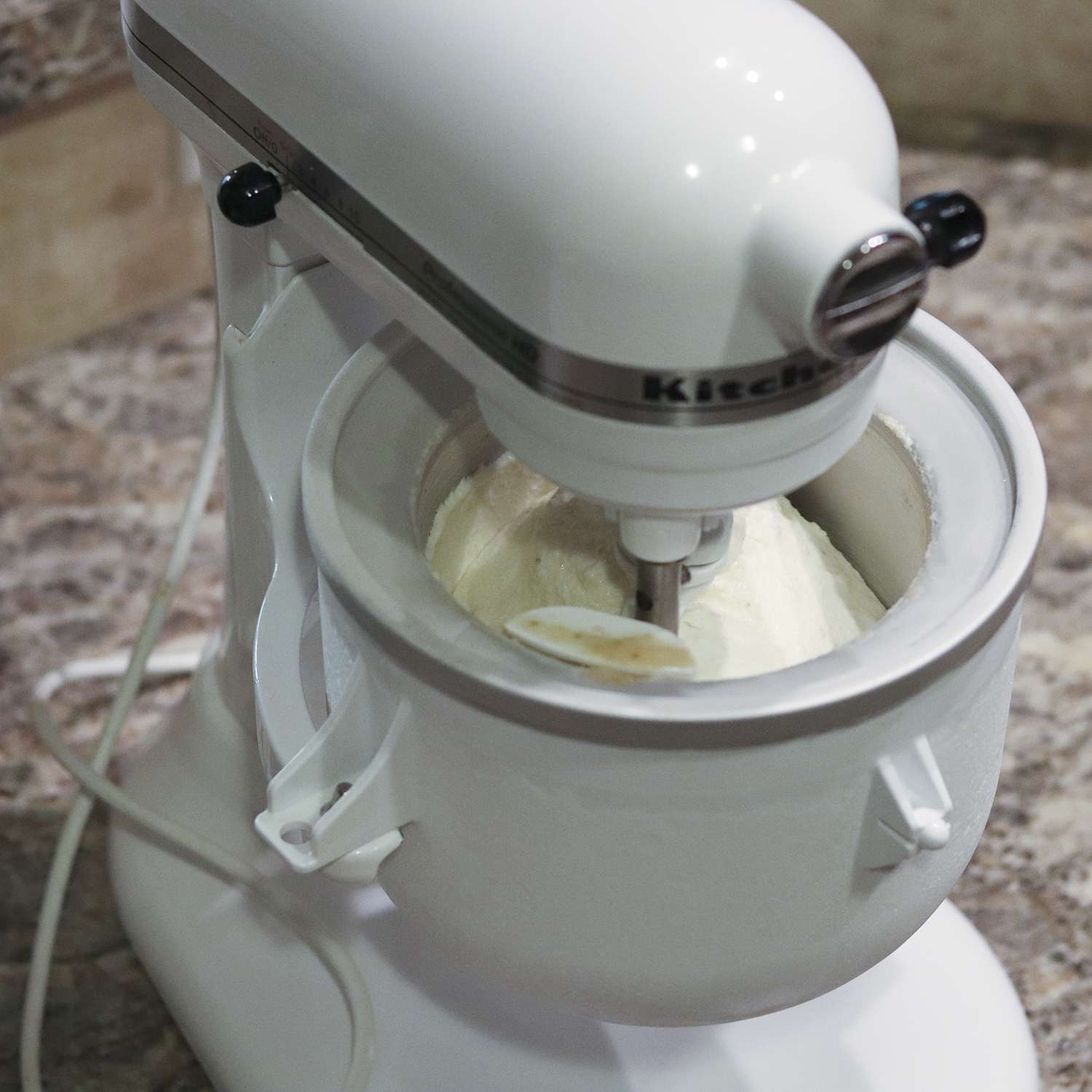
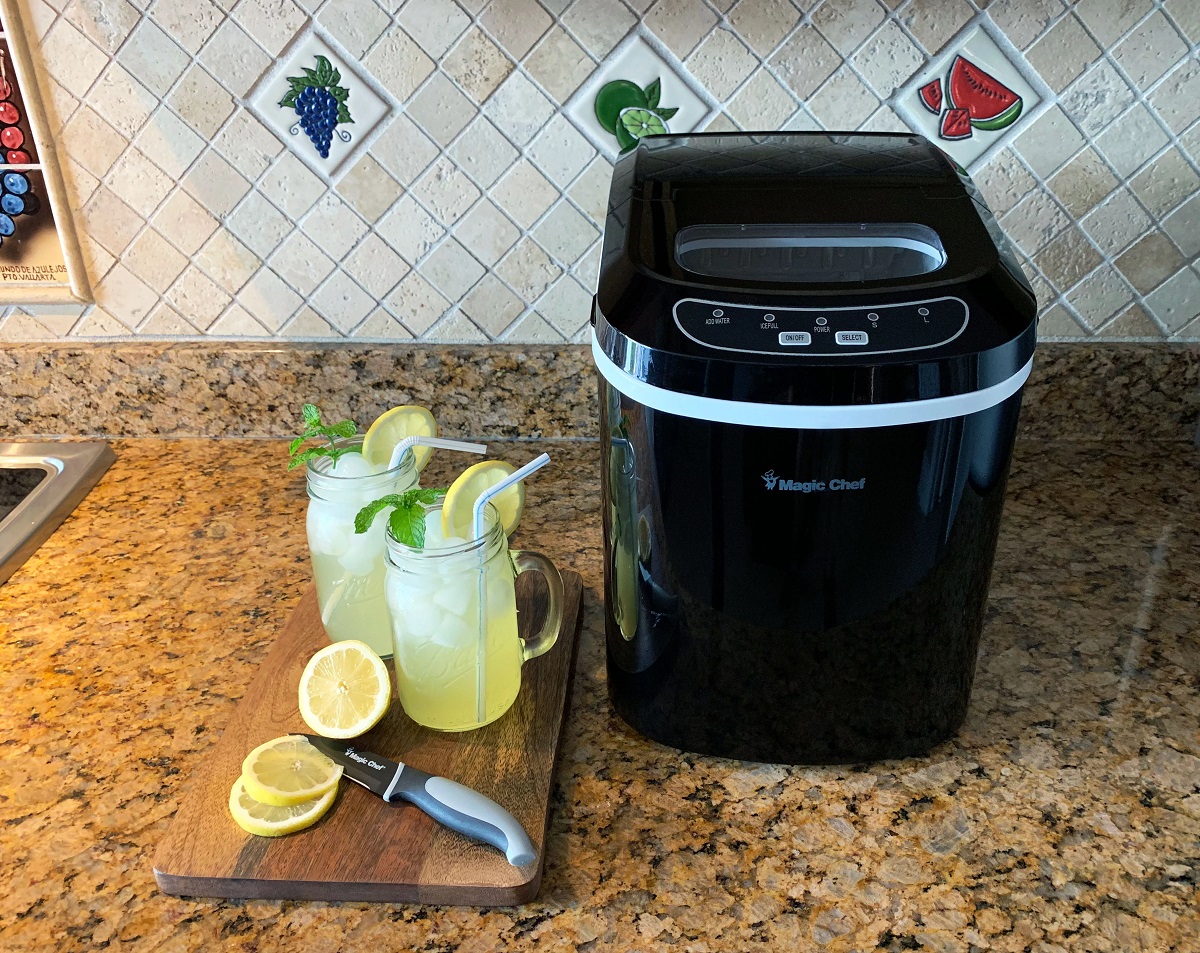
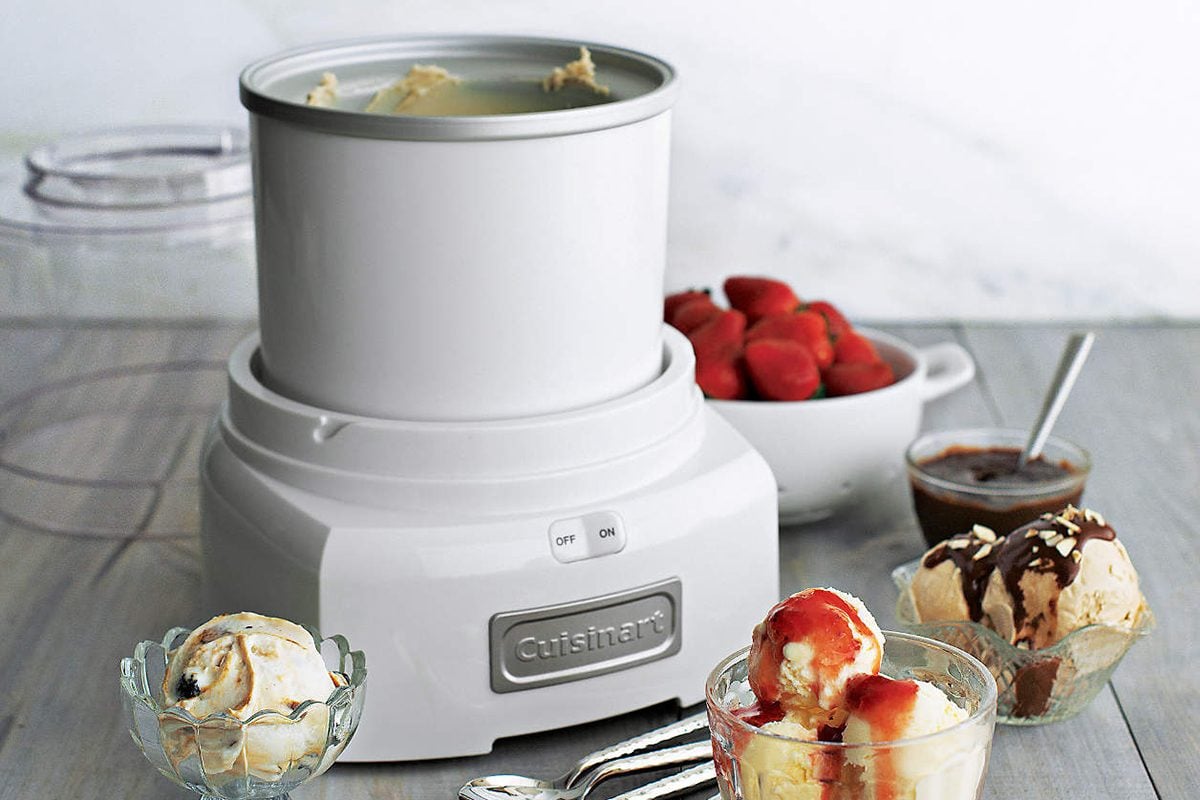
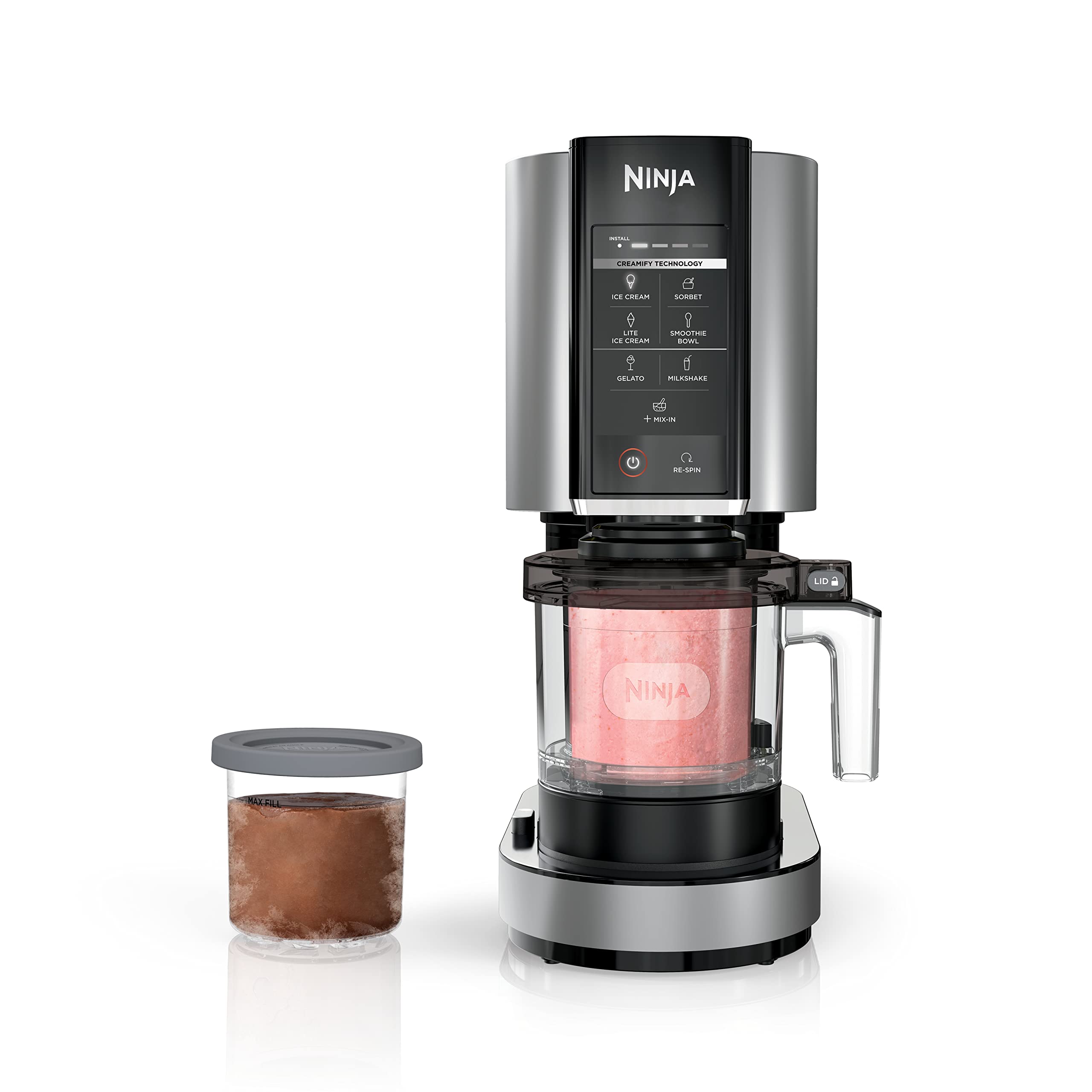

0 thoughts on “What Do You Call An Ice Cream Maker”